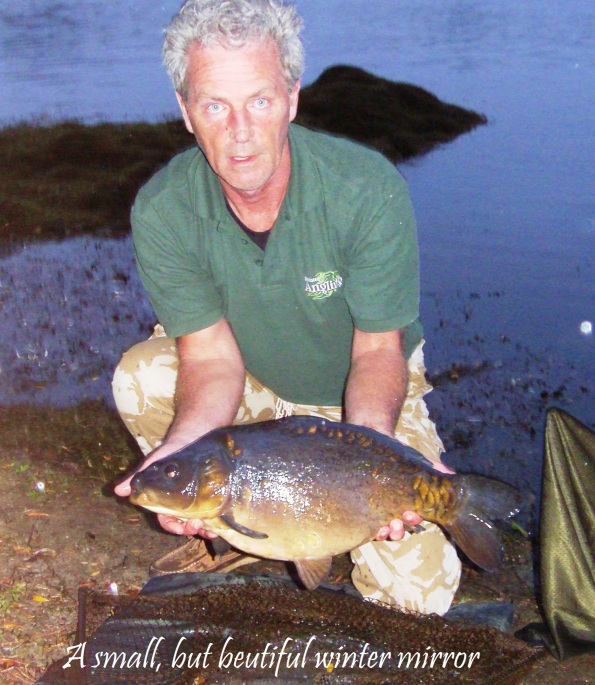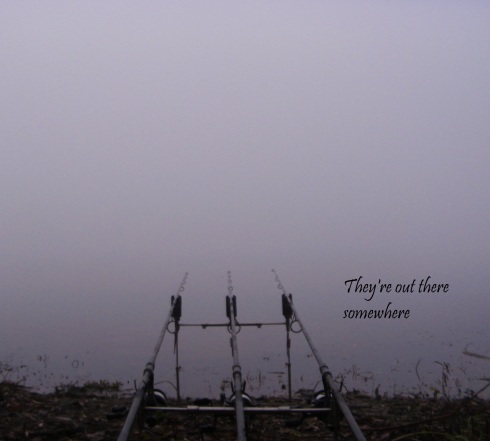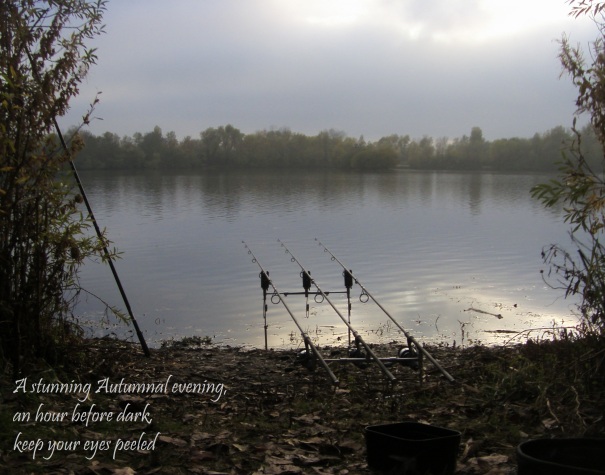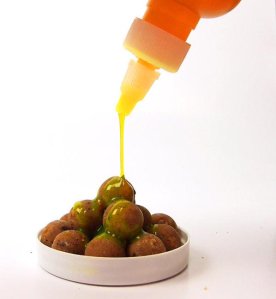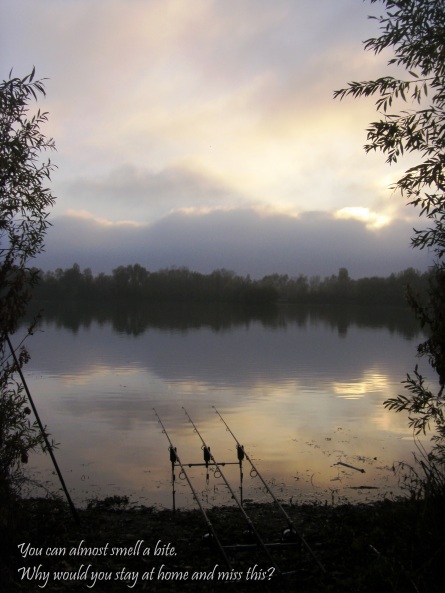For the Carp and big Bream winter angler.
A couple of weeks ago, I was once again fishing Hemingford Grey. A local guy was sitting having a coffee with me. At 6:00pm, I looked at the time and said: “nearly time for the first bite of the evening, I am going to recast with fresh bait and a fresh PVA bag.” At 6:25, my indicator slammed to the top producing the first carp of the session. The guy’s reaction was interesting to the point where he seemed rather put out. When I asked him about this, his response was “how could you have known that!” It is worth remembering that this venue is notoriously difficult and bites, let alone fish are at a premium, so I kinda get his reaction. However…
So, it got me thinking. I have always been aware, particularly on difficult venues, of the importance of knowing the feeding times and habits of fish (be it Carp – Bream – or Tench). I first became aware of this 40 odd years ago when fishing North Met in the Lea Valley. I could almost set my clock by the fish feeding times. This played a big part in my match fishing days, when, especially in the winter months, and often towards the end of a match, I knew that would be my best chance to snare a decent fish. A fish that could make the difference between 1st and 2nd. Now I spend most of my time chasing “elusive shadows”, this is such an important part of my fishing.
How it works:
I will concentrate on my current venue and swim. It will be up to you to work out the key times on your chosen venue and believe me, there will be times, especially now the water is getting cooler when the fish are active. I would like to point out here that fish don’t stop feeding during the winter months, they just feed less and at certain times. That said, all year round, fish of all species will have certain times when they are in front of you and feeding more actively. We all know last and first light is a key time and that seems to be common knowledge. It’s the other feeding times, especially in winter, when you need to be on your toes.
I would suggest, once you know what part of your chosen venue the fish are in during winter, then stick to this area. Make notes of times when you get indications, see fish, or catch fish. You’ll be amazed at how regular their feeding times are. Make notes and use this to your benefit. Here’s how it works for me. I am on a 65-acre pea-shingle gravel pit with a few big Carp, some stupidly big Bream and record nudging Tench. There are no silvers, so an indication of any description would suggest and big fish. I am fishing at 80 yards in 14 feet of water on a bank that is well away from the cooling northerly winds. It gradually slopes (with heavy weed) to 11 feet, then shelves off quickly to 14 feet at about 60 yards. It then starts to slope up again at 80 yards. At 90 yards, it’s 9 feet deep and heavy weed (even this time of year). From 60 to 80 yards, it’s largely free of weed and fairly flat. Ok, that’s the swim. So, here’s my approach. I know that at 6:30pm – 9:20pm – 1:50am – 5:00am and 7:10am that there will be fish in front of me and some will feed. I want to provoke what fish are there into feeding. The way I do this is 50 to 60 minutes prior to the key times, I will bring all rods in, rebate with fresh hook bait and a new PVA bag. This is when the SSP mist ( try this link: https://www.youtube.com/watch?v=giK3eLNiuZA ) comes into play and is at its most potent. I will not only apply the mist to my hook-bait but also load my PVA bag too. I want the aroma of the mist at its most potent when the fish are in the swim. Not much point in fresh hook bait and smelly PVA bags if the fish are 200 yards away, is there? I know a lot of people prefer to leave there bait out there without recasting for fear of spooking the fish. Trust me on this one, fish are not spooked by your lead or PVA bag hitting the surface, they hear ducks and such like all the time on the surface. What will spook them, however, is the sound of your lead (less so PVA Bag) hitting the bottom. There’s a way around this. As you lead nears the bottom, ease your rod tip back a couple of feet, thereby easing your lead onto the bottom. This will also straighten your hook length out.
SSP Bait Mist. See: https://www.youtube.com/watch?v=giK3eLNiuZA
Okay, I hear people thinking, I am normally asleep at those times. Come on, it’s night fishing, the time when you’re most likely to nail the big-gal. You got the rest of your life to catch up on your sleep. You’d be amazed how much you will see at night, especially fish movement. On those “gin-clear” venues, fish are much more likely to show themselves at night. Keep your eyes peeled. Let’s say you’re asleep and blanking. How you going to know if the fish are 50 yards away from you? You will know this, but not if you’re asleep. I bet you’ve heard fish crashing around while you’re laying in bed!
Get to know your swim, fish it regularly, make notes mentally or otherwise and catch more fish. The same rules apply on big and small venues. You can have the best bait in the world, but if it’s not in the right place, at its freshest and at the right time, then you might as well go home. Lazy angling won’t catch fish. Even on runs waters, there are still key times, It’s up to you to watch, learn, and understand their habits. I’ve yet to meet a Carp that cares about getting into a size 10 red dress. they eat, period…
Once again, these are things that have helped me over the years and I hope, even if only 5% is of value, then happy days.
Go-Catch SteveD
